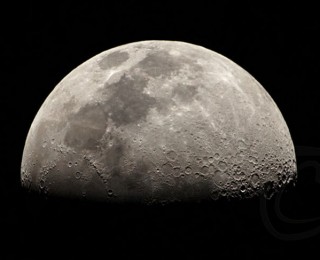
Our Moon, the Cosmic Ray Detector
The moon provides an easy way to detect rare ultra-high-energy cosmic rays.

The moon provides an easy way to detect rare ultra-high-energy cosmic rays.
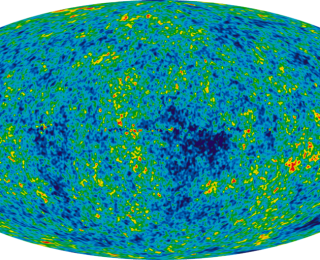
Astronomers measure the randomness in the Cosmic Microwave Background radiation to determine the cause of an anomalously cold spot.
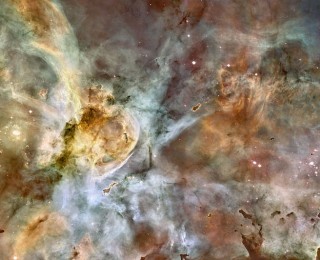
Spectra from the light echoes of distant supernovae can be used to probe the three dimensional structure of these massive and poorly-understood explosions.
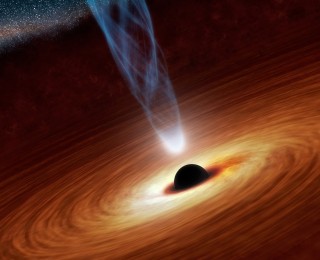
Stephen Hawking proposes that black holes may not have definite event horizons, meaning they’re really more like “gray” holes.
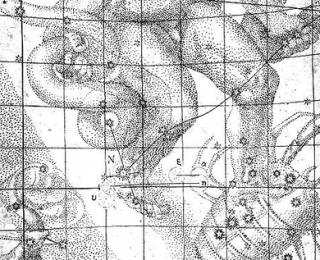
Supernovae happen in the Milky Way at a rate of two or three per century. But, will we be able to see it when it happens next, or will dusty galactic center prevent us from studying it?